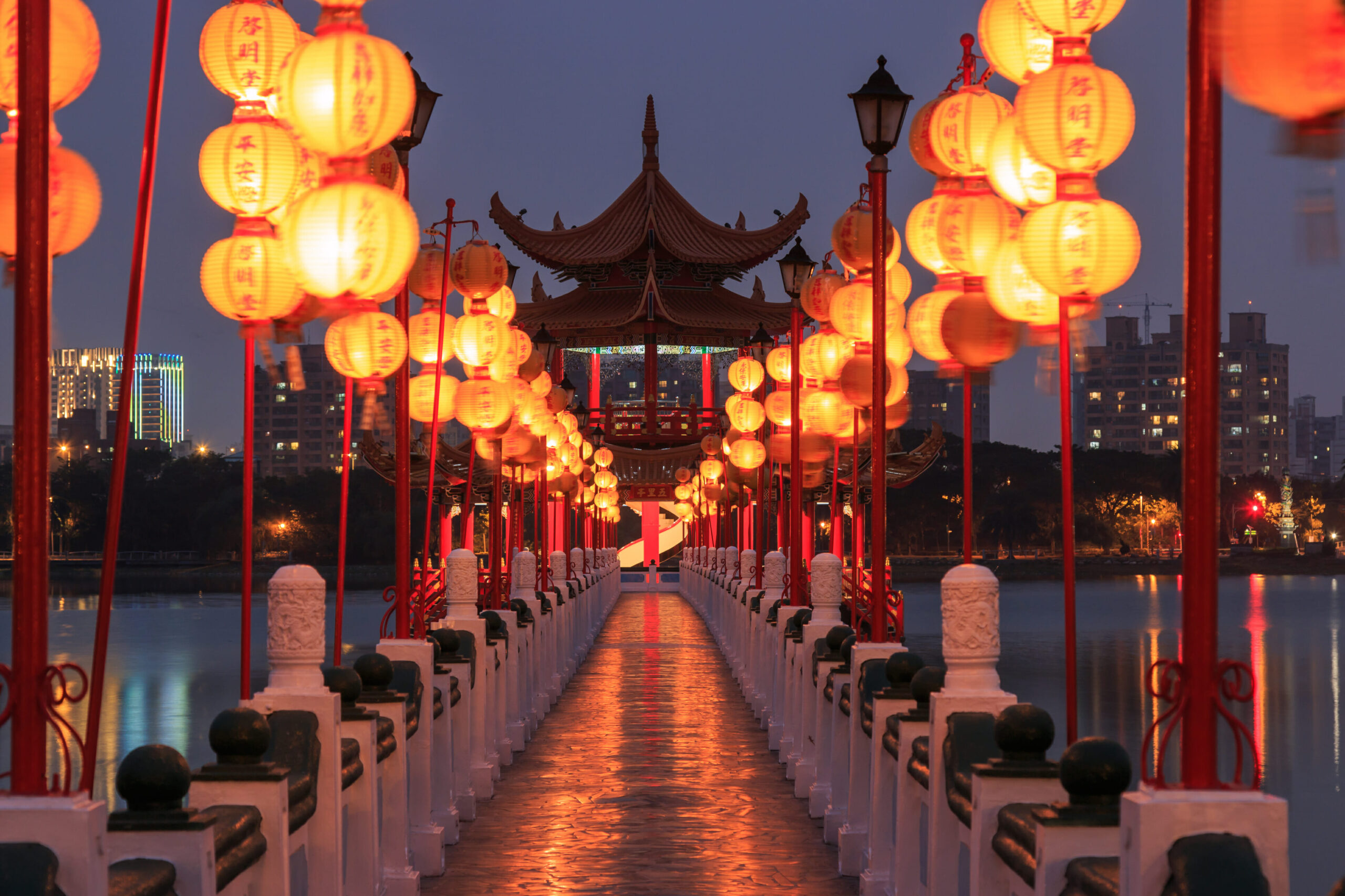
China’s consumers swapping Christian Dior for campuses and kangaroos
Big-ticket acquisitions of Australian resources, office towers and luxury homes by Chinese corporates and billionaires are grabbing headlines. However, it’s the country’s middle class that is powering a spending shift set to benefit Australia longer term, says AMP Capital Chief Economist and Head of Investment Strategy Shane Oliver.
“Chinese consumers are showing signs of shifting their focus from status-linked luxury goods like a Christian Dior handbag to overseas travel, education, and wellness,” observes Oliver, who’s recently returned from a trip to Beijing.
The size of the opportunity is significant. China’s middle class has grown by 44 million people in the 15 years to 2015, according to Credit Suisse. Last year, 1.29 million Chinese tourists visited Australia generating A$9.2 billion in total expenditure, according to Tourism Australia. It’s a similarly strong story for Australian exporters, with ANZ predicting that Australia’s exports to China will double to US$175 million during the period from 2015 to 2030.
“This creates a strategic opportunity for businesses in countries such as Australia that enjoy reputational advantages in those markets where Chinese demand is surging,” Oliver adds.
Beyond commodities
Oliver predicts that the value of Australia’s exports to China will rise significantly during the next decade, with the Australian economy set to enjoy the diversification benefits of its outbound trade flows with China moving beyond highly-cyclical commodities.
“Economic growth is slowing as China develops into a modern, urban, industrialised – but not necessarily Westernised – society,” he says.
“A mix of brand saturation, taxes on city-based car ownership and elevated house prices has seen spending pivot to align with sustainability and quality as opposed to a focus on status.”
Australian companies exposed to tourism spending may benefit from this shift, according to AMP Capital Investment Manager, Global Equities, Andy Gardner.
“This will extend beyond airlines, airports, malls and casinos to hotels and specialised travel groups that offer a heritage or iconic experience and providers of apartment-style accommodation that is preferred by many Chinese travelers,” he adds.
This trend coincides with the much-documented shift of younger people across the globe favouring spending on experiences over things. The need for ‘stuff’ to fill confined living spaces is soon saturated while increasing wealth and aspiration turns to lifestyle and experience as consumers grow in sophistication.
Tourism Australia recently launched a dedicated digital platform, enabling Chinese overseas travellers to make bookings on their smartphones, to try to tap into this market. Australian Prime Minister, Malcolm Turnbull commented at the time that the platform was a very important step, making Australia more “accessible” for the Chinese market.
The tourism trade
According to Gardner: “Australia’s outback scenery, wildlife and active culture align well with this trend and coastal Australia stands to benefit from the younger Chinese demographic’s interest in ‘adrenalin tourism’.”
Already groups such as AccorHotels have confirmed that they are seeing the rise of the Chinese middle-class traveller focussed on experiential and environmental locations and when the Sydney Harbour Bridge introduced Chinese-language tours in 2013, bookings leapt by 50 per cent.
Health and well-being is another potential growth area for Australian businesses, with baby formula producers benefitting in the early stages of the huge surge in Chinese consumer demand, propelled by their Australian origins and organic certification. E-commerce giant and shopping platform Alibaba recently reported that Chinese fresh produce sales are expected to increase to RMB 500 billion (AUD 98 billion) in 2020 from RMB 95 billion in 2016.
“Some Chinese spending may seem faddish, but consumers want to be sure of the Australian origin of a purchase – this is consistent with the established growth in Chinese spending on Australian higher education as it is perceived to be of a higher quality,” comments Oliver.
Australian higher education is also undergoing an injection of capital, with Chinese students adding A$4.1 billion to the Australian economy in 2016, according to Austrade data. Gardner suggests it’s not just universities that will continue to benefit from this surge in foreign student spending.
“Importantly, we believe there are add-on service providers that could benefit such as providers of financial services to the Chinese market, student accommodation real estate companies and food and beverage wholesalers that cater to Chinese preferences,” he says.

Important note: While every care has been taken in the preparation of this document, AMP Capital Investors Limited (ABN 59 001 777 591, AFSL 232497) and AMP Capital Funds Management Limited (ABN 15 159 557 721, AFSL 426455) make no representations or warranties as to the accuracy or completeness of any statement in it including, without limitation, any forecasts. Past performance is not a reliable indicator of future performance. This document has been prepared for the purpose of providing general information, without taking account of any particular investor’s objectives, financial situation or needs. An investor should, before making any investment decisions, consider the appropriateness of the information in this document, and seek professional advice, having regard to the investor’s objectives, financial situation and needs. This document is solely for the use of the party to whom it is provided. © Copyright 2017 AMP Capital Investors Limited. All rights reserved.
Original Source AMP Capital Ltd published on 06 November 2017



